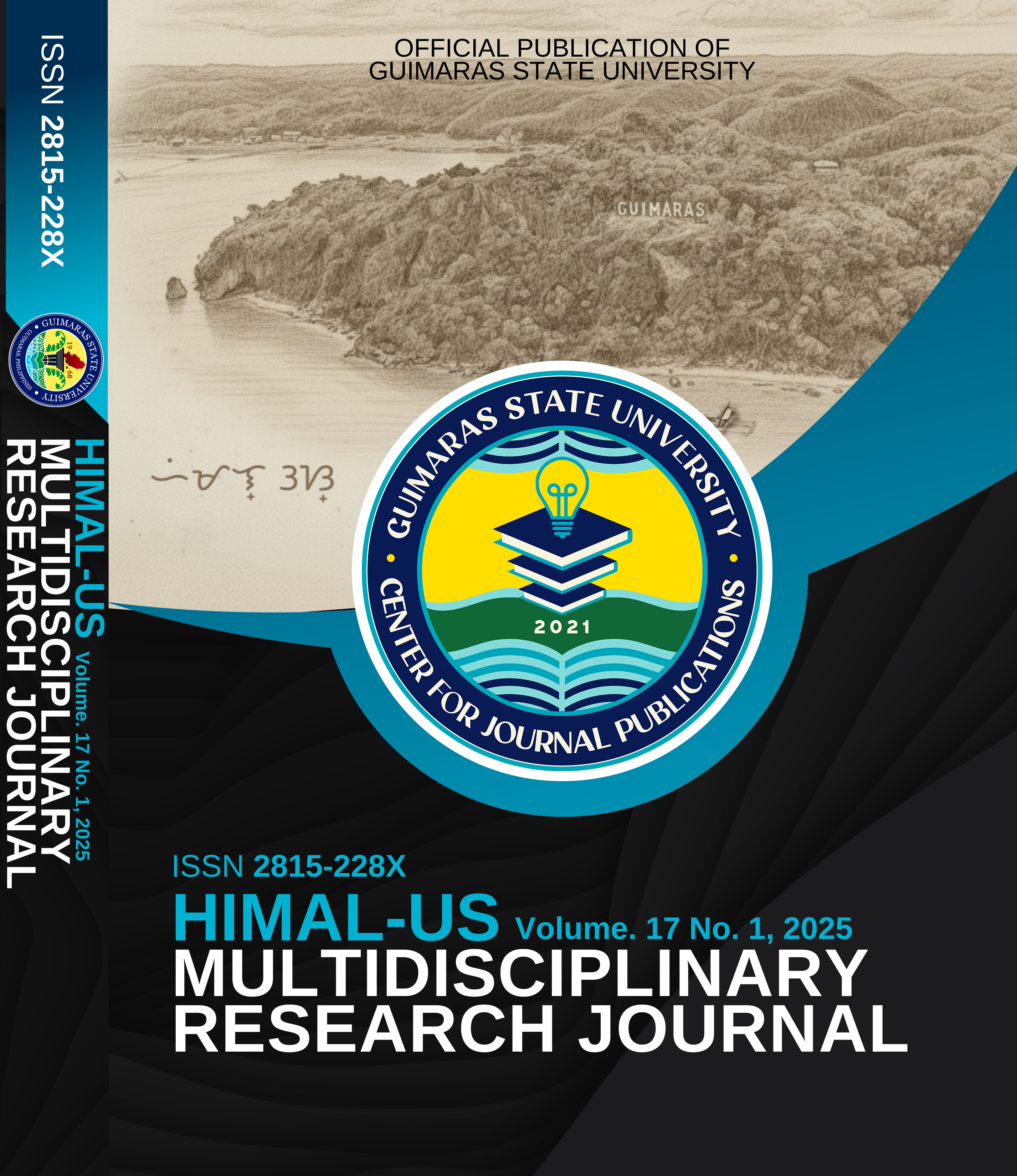Does Higher Pay Create More Jobs? Evidence from Indonesia's Manufacturing Sector
Keywords:
Manufacturing Sector, Labor Wages, Manufacturing Workforce Share, Unemployment RateAbstract
This study examines the relationship between wage growth and employment outcomes in Indonesia’s manufacturing sector over the period 2015–2023 from TradingEconomics and BPS data. To analyze the data, the research employs a quantitative approach by using descriptive statistics, trend analysis, and regression modeling. A simple linear regression model was employed, with the support of Python Codelabs as a testing and data analysis tool. The use of Python allowed for efficient data processing, regression analysis, and visualization of the correlation between the variables. Descriptive findings indicate a steady rise in manufacturing wages and a relatively stable workforce share, with a sharp deviation during the COVID-19 pandemic. While wages and employment grew in tandem pre-2020, this link weakened post-pandemic, revealing structural disruptions. Regression analysis confirms a positive but statistically insignificant relationship between wages and manufacturing workforce share (coefficient = 0.3684; p = 0.426), and an even weaker, negative, and insignificant association with the unemployment rate
(coefficient = -0.0783; p = 0.836). These results highlight that wage increases alone do not significantly influence employment or unemployment trends. Broader structural factors, such as technological change, policy interventions, and macroeconomic shocks, play a more decisive role. Therefore, wage policy should be integrated with productivity and labor market reforms to effectively stimulate employment.





